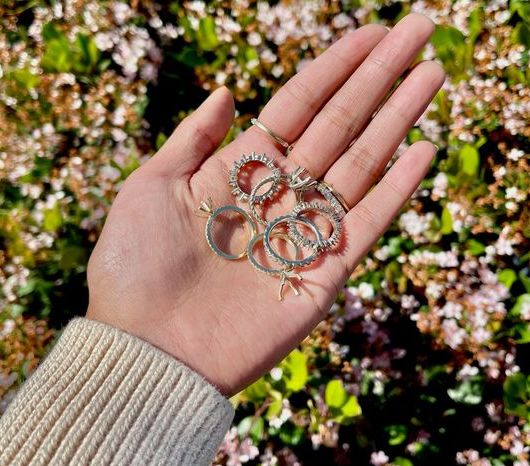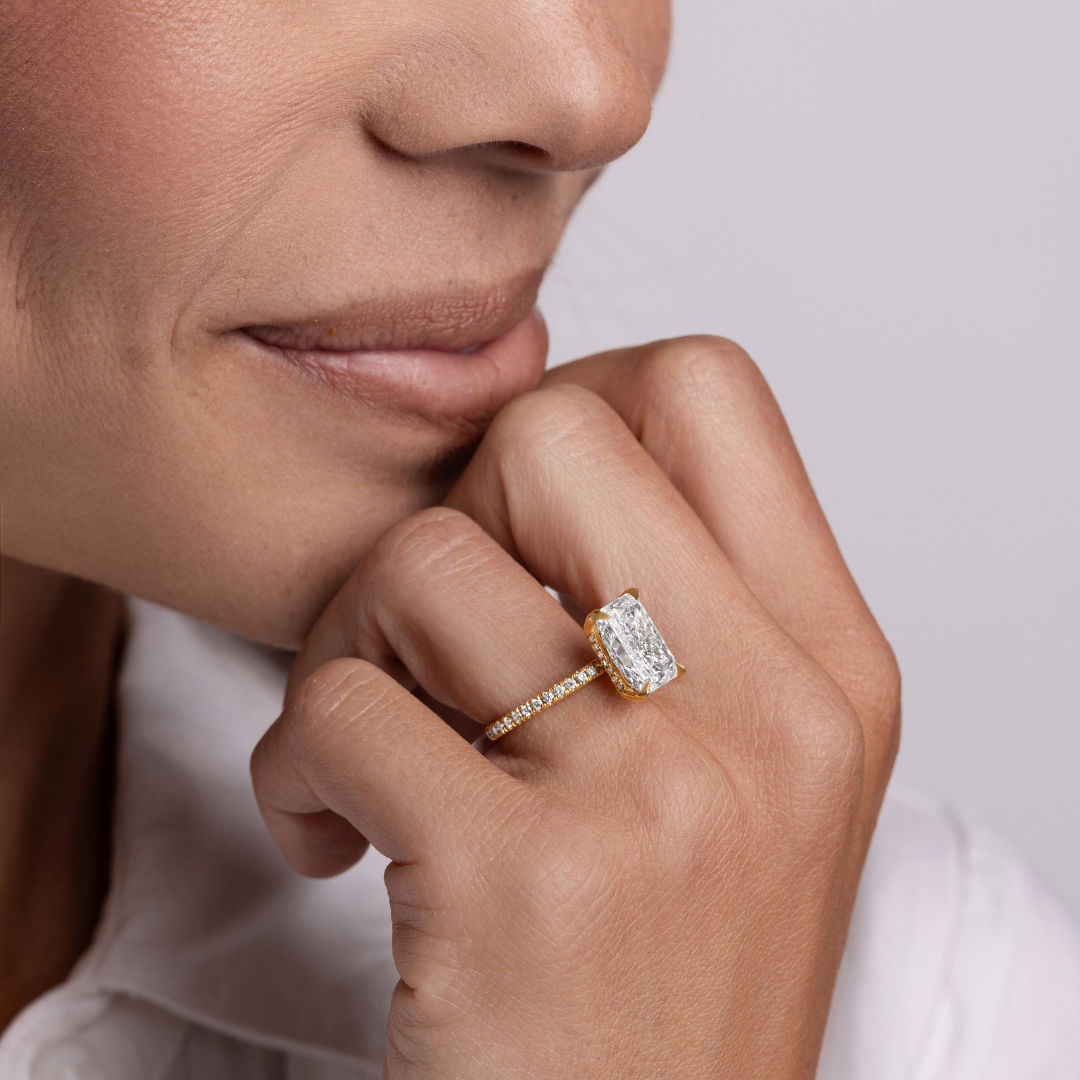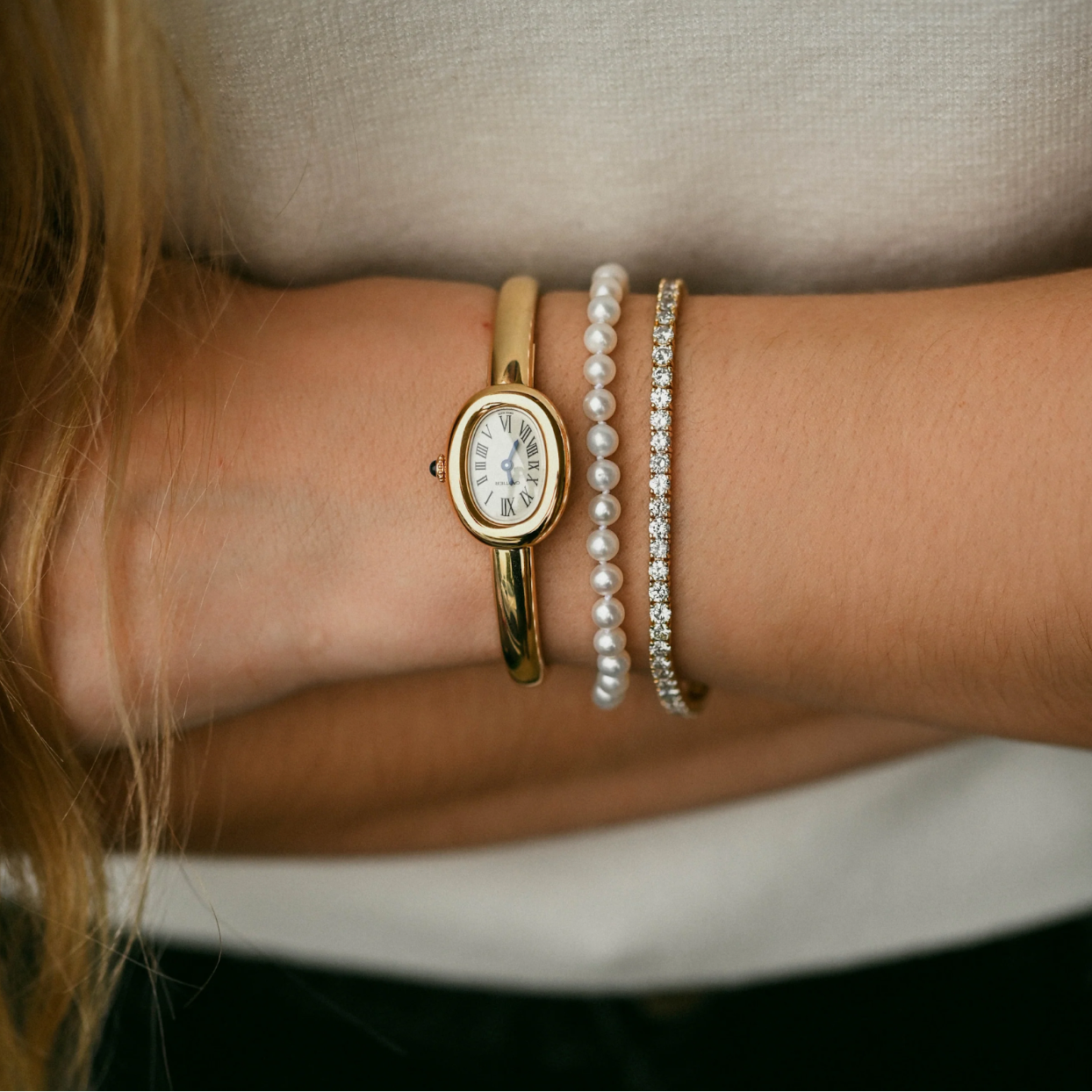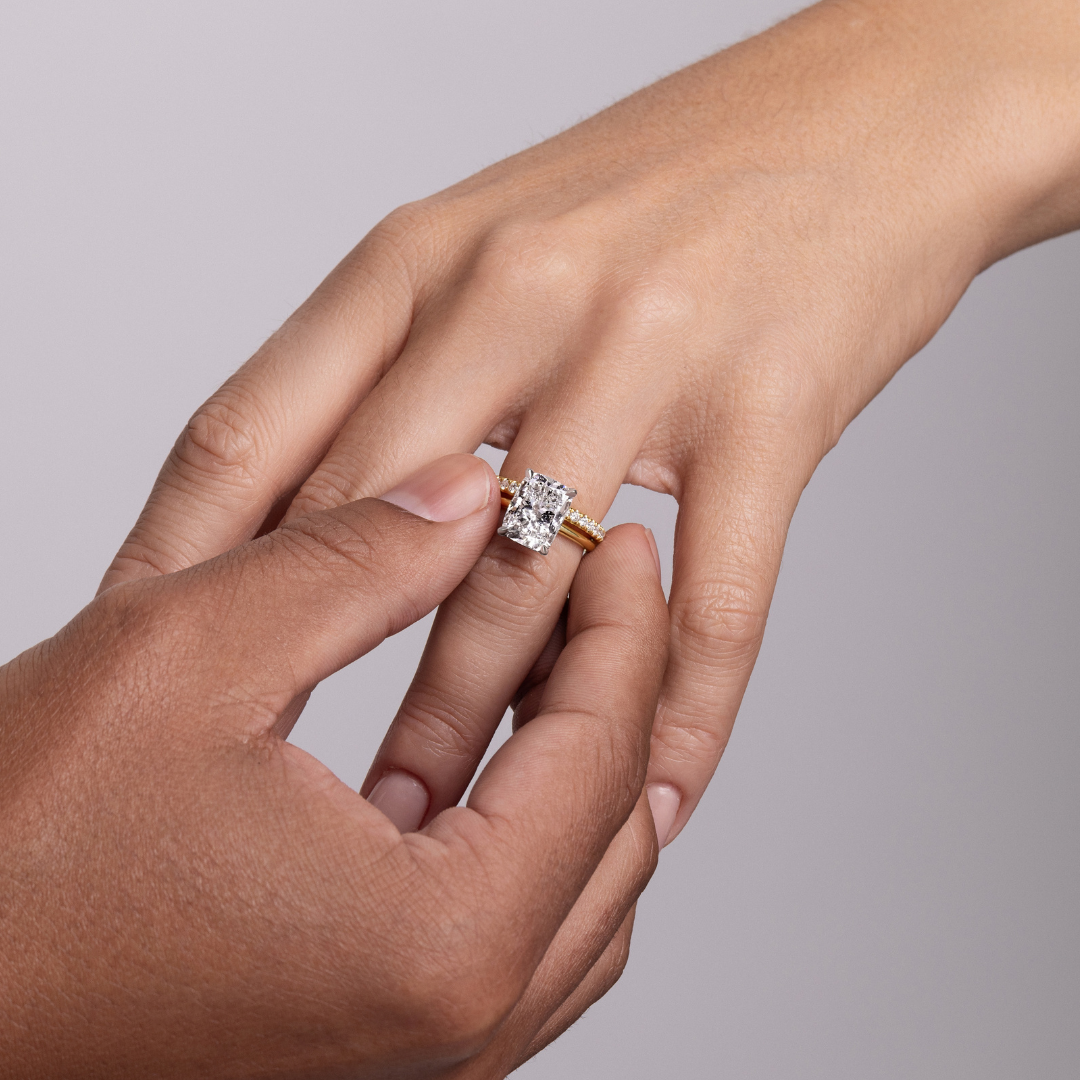
Rings come in many different styles, and some of them have such intricate and perfect detail that it’s hard to believe they are manmade. So how are rings actually made? We’re going to dive into the world of how rings are made and open your eyes to some techniques that you may not be familiar with.
Related: How to Find Out Someone's Ring Size without Asking Them
Casting and Handmade Techniques
A high-quality ring will be made by using a casting technique or a handmade technique depending on the style of the ring. The ring design and style will determine the best technique to use.
Handmade Technique
The traditional handmade technique consists of selecting a precious metal, cutting the precious metal to the appropriate size, and then shaping the metal into a circle to form the type of ring you are looking for. During this process, accents can be added to the ring's band by using a bezel setting that drills holes into the band of the ring for gemstones or other accents can be placed into.
If an engagement ring style or other type of accent ring that will hold a diamond or gemstone is being made, the claw or prong of the ring will be designed at this time. The claw or prong is what holds the diamond or gemstone in place. The shape of the claw or prong is determined by the cut of the stone that is being placed in it, so the jeweler will need to know the stone’s cut before shaping the prong.
The downside to the handmade technique is that you can easily waste materials when making a handmade ring at a jewelry store. Also, modifications to a handmade ring are not as easy as rings made from a C.A.D. (computer aided design) model.
Casting Technique
The jeweler will create a C.A.D. or 3D model of the ring they are designing. The jeweler will then turn the model into a wax casting. A wax casting is the first step in creating the mold of the ring. Next, the plaster will be poured into the wax casting for it to harden. Once the plaster has hardened, the casting will be baked at high temperatures to remove all of the wax from the mold. What’s left will be a ring mold that hot molten metals will be poured into to create the ring.
As the hot molten metals are poured into the mold, air bubbles will need to be removed from the atmosphere so that the ring is free from air pockets throughout the metal when it hardens. Because of this, a jeweler will likely use a vacuum chamber during this step of the process. The vacuum chamber will remove any air pockets from settling within the ring.
The ring will cool and be removed from the casting die to be polished. At this time, a stone setting will be added to the ring if it is an engagement ring design. Finally, the ring is dipped into a solution to give it a coating to protect it and it is then polished to make it shine.
Conclusion
Both handmade and casting techniques are successful methods that jewelers will use to create engagement rings or wedding bands. The next time you visit your jeweler, ask them what method they use to create your ring. You just might be surprised by their answer!






Share:
14K vs 18K Gold: What’s the Difference?
How to Sell Scrap Gold